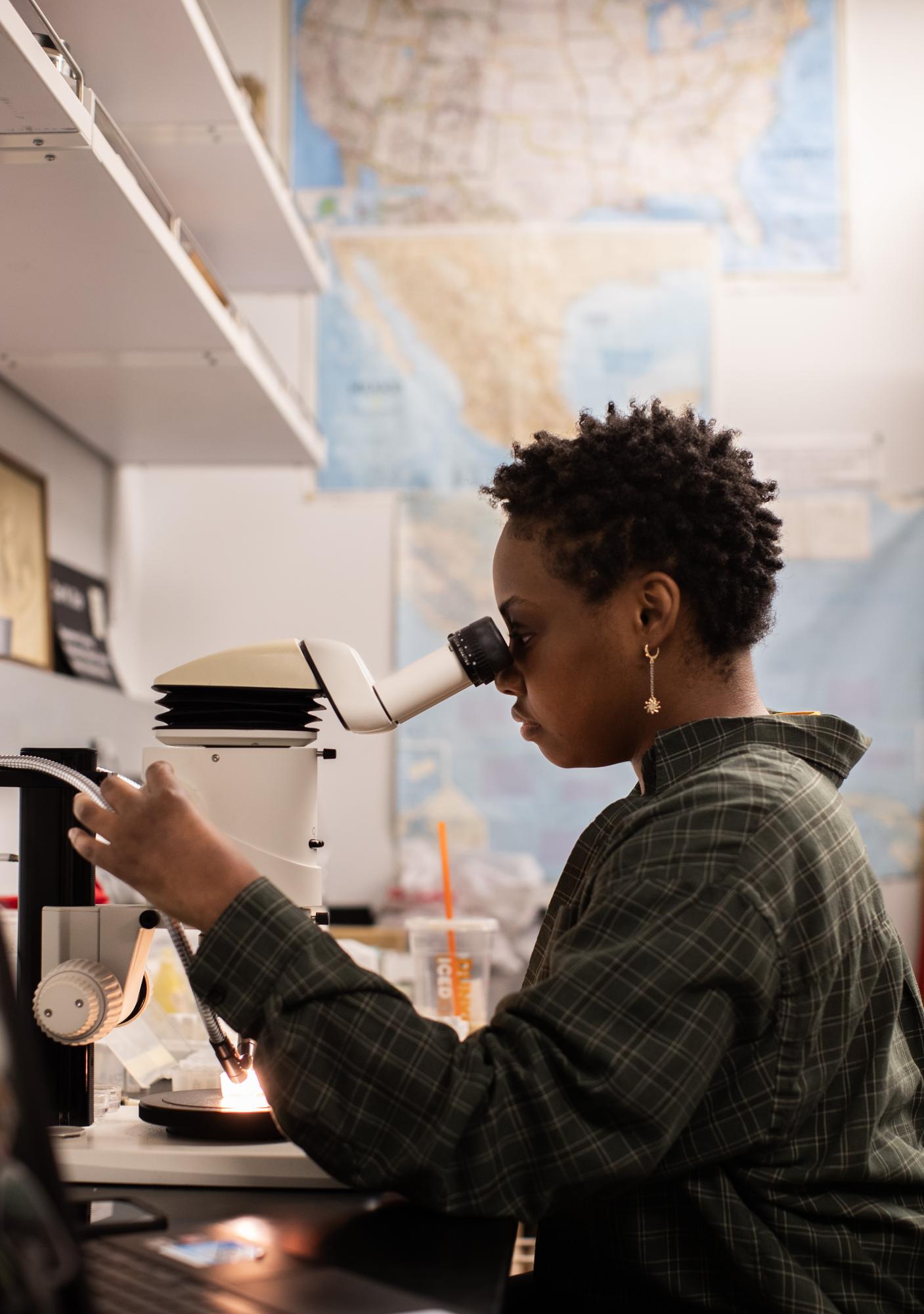Walking into an introductory biology course in Snell Hall at WKU, the demographic makeup of its students may surprise those from outside the department. They are mostly women.
It is well-known that since the development of science, technology, engineering and math fields, the discipline has been male-dominated. According to the U.S. Census Bureau, in 1970, women made up 8% of the STEM workforce. By 2021, that percentage increased to 35%, but still hasn’t reached half.
Yet on a collegiate level, women have outnumbered men. Every year since 1981, more women than men have acquired bachelor’s degrees, and in 2018, 53% of STEM bachelor’s degrees were granted to women, according to the National Science Foundation.
At WKU, the Ogden College of Science and Engineering has seen steady growth in the number of women enrolled. In Fall 2022, female students made up 42% of the college’s enrollment, and 10 years prior, they made up 37%, according to the WKU Fact Book.
On a departmental level, however, female and male enrollment differences are more stark – both across the nation and at WKU. In the WKU biology department, 68% of students are women. In the School of Engineering and Applied Sciences, only 16.3% of students are.
Margaret Crowder, WKU senior instructor in geological sciences, has a doctorate in educational leadership, where she focuses on women in STEM. She said one reason why women in STEM tend towards the life sciences, specifically healthcare, could be because women are traditionally viewed as caretakers. Students that grow up seeing women in these roles, from a personal and a historical perspective, could influence the type of career they go into.
“You’ve got more women who have been in the [healthcare] field, more women who are role models in the field, whereas in things like physics, engineering, geology … then you don’t have the history of females progressing through those decisions, so you don’t have as many role models that people are able to see,” Crowder said.
She attributed part of her success in the geological sciences, a more male-dominated field, to having a female advisor during college, someone she felt represented herself.
“You need to be able to see yourself being successful in what it is that you’re looking at doing and what you’re thinking about,” Crowder said. “And if you’ve never seen anybody that looks like you doing that, it’s a very difficult thing to think about tackling.”
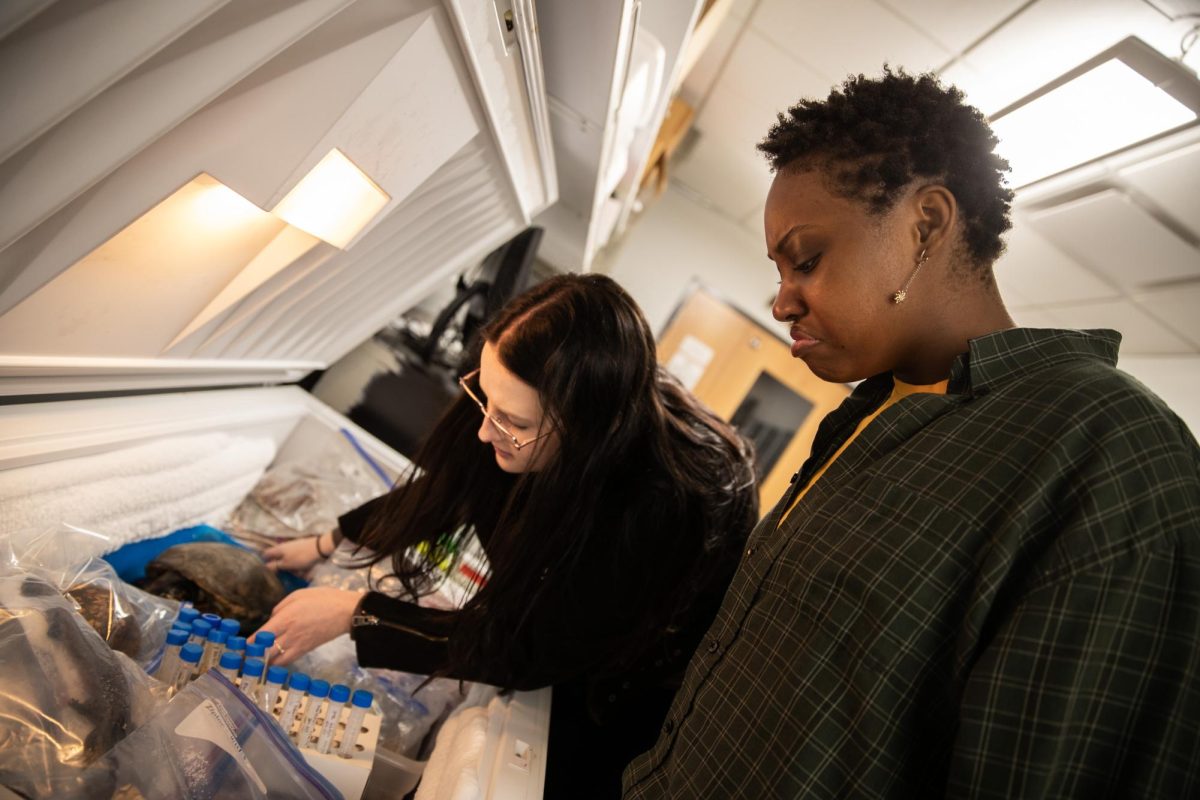
Despite increasing numbers of women in some academic STEM programs, Crowder described the overall discrepancy in gender demographics between undergraduate programs and those who become high-ranking professionals – a phenomenon referred to as the “leaky pipeline.”
“Women come into college at higher rates,” Crowder said. “You’re seeing that in your classes. We see women do exceptionally well … [But] when it comes down to who students are seeing in the classroom, especially a full professor in the classroom, very few women as a whole are in those positions. And there’s a lot of reasons behind that.”
This concept describes the loss of women in STEM in academia, as well as the lesser numbers of women that compete and are chosen for significant roles, promotions or tenured faculty rank. Crowder said while a portion of this could be individual life choices, some of it is also “externally imposed.”
For example, for women who wish to have children, the timeline is usually the same as working towards a tenured position. Crowder said, in general, a woman may have to take off more work than a man would to have or take care of a child. She said this could potentially cause men in the same positions as their female counterparts to look like they’ve done more, resulting in more promotions, raises and grants.
“It is a woman who carries the baby, and that is time that is stress on your body, and not just for nine months,” Crowder said. “That takes time away from whether you’re in school, or whether you’re in the job force … But also now you’re on the tenure clock. So being able to take time off of the tenure clock, to not have that count against you, because the amount of time that a woman may be off work or maybe caretaking with the child is time that
a man may be able to have continued productivity.”
Crowder believes the commonality of women having an “extra load” of caretaking – whether for a child, a relative, or for a home – contributes to the leaky pipeline.
“It is unpaid and unrecognized labor that women do in the workforce of society,” Crowder said.
She said sexism in the workplace is another external contributor. This includes female employees or students being more harshly graded or judged, being called “bossy” or similar terms if they speak up and being purposely excluded from the camaraderie of male coworkers. Crowder referenced these judgements potential- ly showing up in semester professor evaluations completed by students.
“Women are graded lower, they are ranked lower than males on equal work. Because, you know, ‘what, you’re supposed to be nurturing, why is this class hard?’” Crowder said.
Alongside this, women in STEM may have other marginalized identities that could further create barriers in their academic careers and the workplace. Crowder explained this should also be taken into account when thinking about the gender gap in STEM.
“We’ve got to change the conversation,” Crowder said.
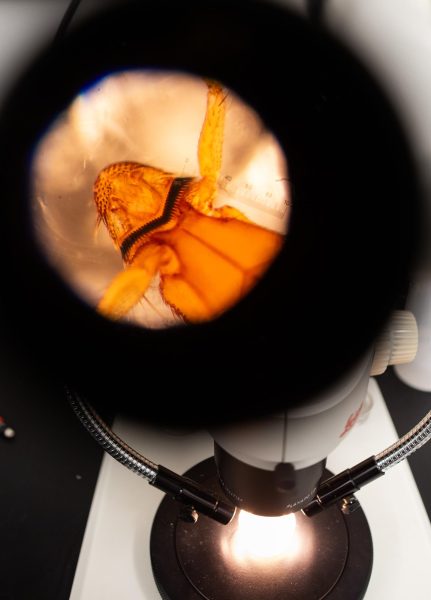
Monae Taylor, a biology graduate student at WKU, explained that to her, it is vital for those going into STEM fields to have the opportunity to see people like themselves in the discipline.
“If you’re not thinking about the people that aren’t in your community, you’re only going to engage with the people in your community,” Taylor said.
Taylor completed her undergraduate degree in Wisconsin, and is now working on her master’s degree at WKU. She said in her specific experience in the natural resources field, it may be difficult for women because of favoritism shown to men.
“I think a lot of times, it’s a male dominated field, and people tend to want to hire people based on that,” Taylor said. “However, I’ve noticed that a lot of people who hold high ranking positions, who happen to be male and who have been given all of these different opportunities, don’t necessarily have the qualifications that they should in order to hold those titles.”
Reflecting on her experience in the natural sciences, Taylor speculated that “harder sciences,” such as physics or engineering, may pressure women out because of the way they’re expected to act within a predominantly male field.
“Women have to try to assimilate in order to be welcomed into these communities. And that should not be the case,” Taylor said. “That’s the main point I’m driving home, where it’s just like either you assimilate or you get pushed out. That is underneath a lot, that can go for your gender, your race, in the sciences. A lot of the time you do have to assimilate in order to not seem like a threat. That could be another reason as to why we’re not seeing as many women in these fields, because even if they are qualified … They’re more or less getting pushed out because they’re not ‘one of the guys.’”
During her time in the discipline, Taylor has seen a greater push for diversity. She said in her own experience, other women have been the most vocal when including people of different races and acknowledging the need for a diverse STEM workforce.
“I think they care because they also are disenfranchised because they’re women in male dominated field,” Taylor said. “I just have that extra, you know, I don’t want to call my Blackness a hurdle. But it’s an extra element that makes things a bit more tough. So again, even though right now it’s a little bleak, these conversations are happening and I felt very included, at least with the women that I’ve spoken to about this issue.”
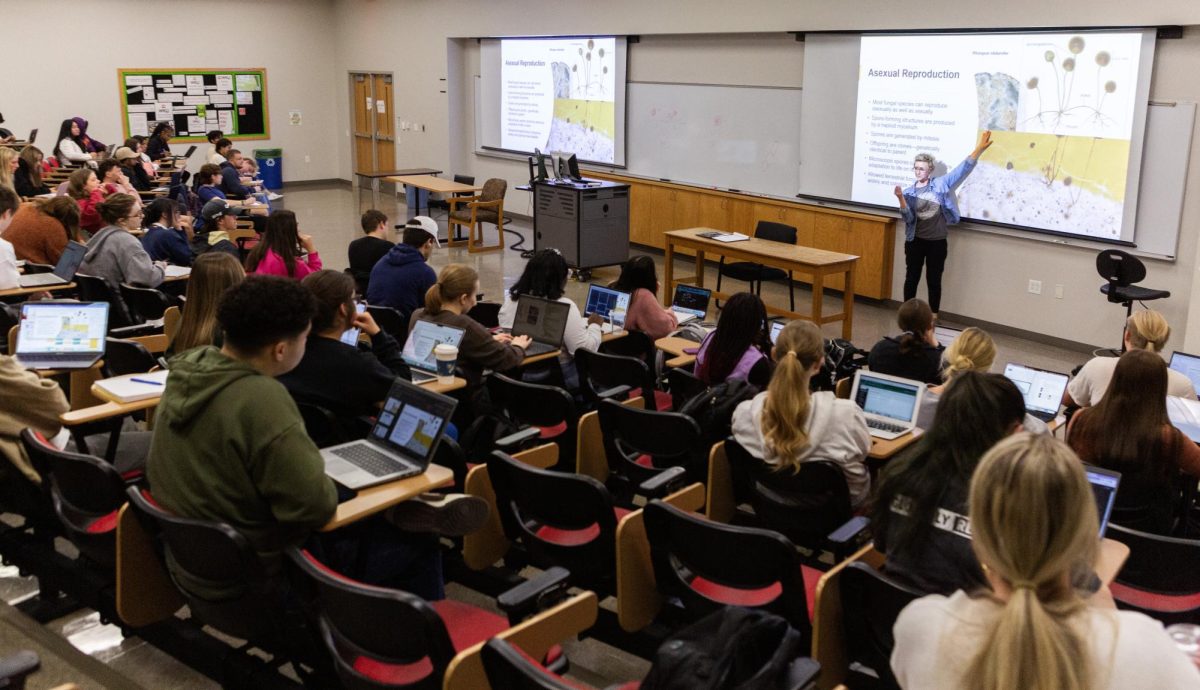
In the WKU physics and astronomy department, women make up 30.3% of student enrollment. Jasminka Terzic, physics professor, said the key to continually increasing female enrollment in physics and similar fields is to offer exploratory opportunities and clearly present all potential career paths to students.
“They [women] feel they’re isolated because a lot of times they are going to be minority, and so exposing them, for example, going to a conference and really hearing from people that are doing different things,” Terzic said.
Terzic is the faculty advisor for the Women in Physics club and also oversees the Physics Olympics, which promotes physics to high school students.
“I think doing all these programs, I think it’s like small steps,” Terzic said. “… Working in research, having that support program with Women in Physics and then even with the Physics Olympics.”
Terzic is one of two female faculty members in her department. Although the department is predominantly male, she has not experienced any issues and has felt supported as a woman in physics.
“I know that [in] other places people do experience issues, and I think if you look for support, you can find it and regardless of even not having a female in that department, even the men are already willing to help, you know, putting themselves in your shoes,” Terzic said.
President of Women in Physics, Han- nah Kramer, is a physics and science and math education double major, and said since the department is “so small,” it doesn’t feel that heavily male dominated. She then said clubs like her own are still essential for promoting women to join the discipline.
“If you’re not seeing people like you, it’s easy to just think, ‘oh, people like me don’t do that,’” Kramer said. “Having those opportunities for women in physics, having a club which, ironically, a lot of guys come to … they want to be supportive of us. It’s not like it’s a female exclusive, but more like just shows people that ‘you’re welcome.’”
WKU biology professor Joseph Marquardt, who graduated from WKU in 2010, agreed on the importance of female students having opportunities to see other women in the field.
“I think we’re now in a new generation where the rises started to happen when I was a student, and they’re coming to fruition,” Marquardt said. “It’s giving upcoming female students that drive to say, ‘yes, I am represented, I can do this’ whereas before, there were plenty of students that I’m sure – I’ve never had this experience – but I’m sure there was some trepidation of ‘I don’t see people that represent me. Can I do this?’ And that might be shifting now.”
However, Marquardt suggested that the high percentage of biology students being women is also tied to the decline of male student enrollment. From 2018 to 2022, the biology department saw a 24.2% decline in total enrollment, and the college as a whole saw a 16% decline. Since 2012, female biology student numbers have stayed slightly over or under 400, while male student numbers have mostly declined.
“I think the drive to succeed has not left the female population, they still have that drive, the inspiration to be better than maybe their parents’ generation or further, but the male students are being drawn away to other things,” Marquardt said. “I think it’s a little bit of both positive side, more representation, but also less males.”
Marquart said the wide percent differ- ence between male and female biology students is visible in his larger lecture courses, especially when comparing it to his own WKU experience.
However, WKU biology faculty are primarily male. While the department is working to increase representation on a faculty level, Marquardt said initiatives to get women into STEM shouldn’t wait until their undergraduate careers.
“I think we shouldn’t wait this long,” Marquardt said. “I have a daughter that’s going to be nine. I want her to think that she can do whatever she wants. And there shouldn’t be any explicit or implicit things that are keeping her away from doing what she wants.”
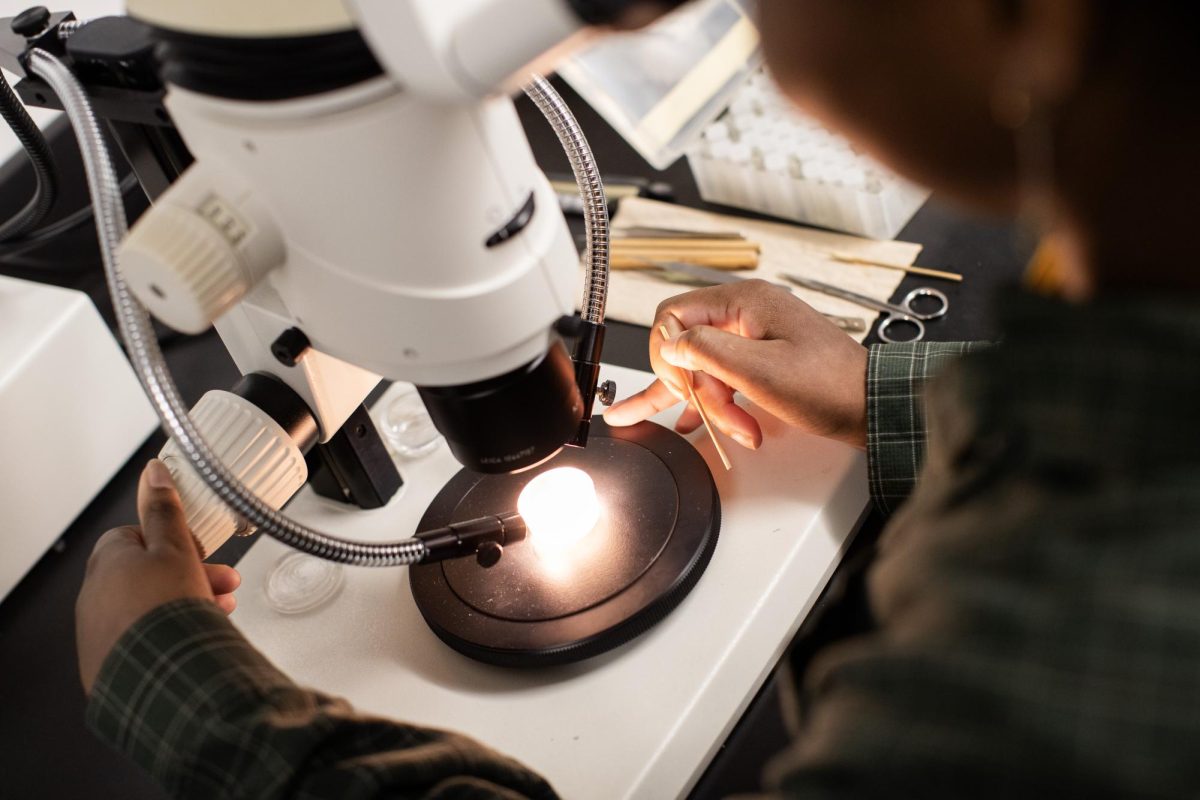
OCSE Dean David Brown said the college is trying to represent all groups, whether that is through recruiting students, celebrating student work, performing fair job searches and ensuring all faculty and staff are recognized and valued.
“Most of our academic programs include significant numbers of women students, for which we’re truly proud,” Brown stated via email to the Herald.
In regards to differences between departments, Brown stated it shows us that “STEM is not inherently oriented to any one gender, or, for that matter, any group of any kind.” He stated historical disparities in STEM were reflections of the past societal values surrounding the disciplines.
“Scientists, as humans, are likely to never be altogether free from social norms and expectations and how they shape our interests, which is part of why STEM has been so disproportionately male in the past,” Brown stated. “But growing numbers of women across many STEM fields make me hopeful about an increasing acceptance of science – and all intellectual pursuits – as gender neutral. And I hope we are growing to recognize scientific curiosity as intrinsically humane.”
Hilary Katz, WKU biology professor, said discrepancies in marketing towards girls versus boys at a young age can influence what field they decide to go into, contributing to how some disciplines seem gender-specific.
“I think a big part of what leaves individuals to decide what their career goals are is their own experiences,” Katz said.
Since there have been greater increases in women in biology, Katz said this diversity has made it “less of a hump to get over” to continue making the field more inclusive.
“I think, you know, once you have more diversity within a group, it’s just easier, there’s less of that gap, there’s less of that intimidation factor,” Katz said.
Despite this, Katz said women in biology and other STEM fields could still face discrimination, whether internal or external. She said this is seen when women are less likely to apply for “reach positions” than men, or when women have to choose to attend or work at an academic location where they will feel safe.
Like Marquardt, Katz referenced how the “faculty makeup” of the biology department doesn’t reflect the “student makeup” at this time. She is appreciative that the department has acknowledged this and will continue to grow to improve its diversity.
“I think the really important thing is that we recognize that there’s room for growth and we’re actively working to improve our community,” Katz said. “And I think that’s the most important thing, is that when you see there are problems, you acknowledge them and just work to improve. The worst thing you can do is just nothing.”
Editor-in-chief Alexandria Anderson can be reached at [email protected].


